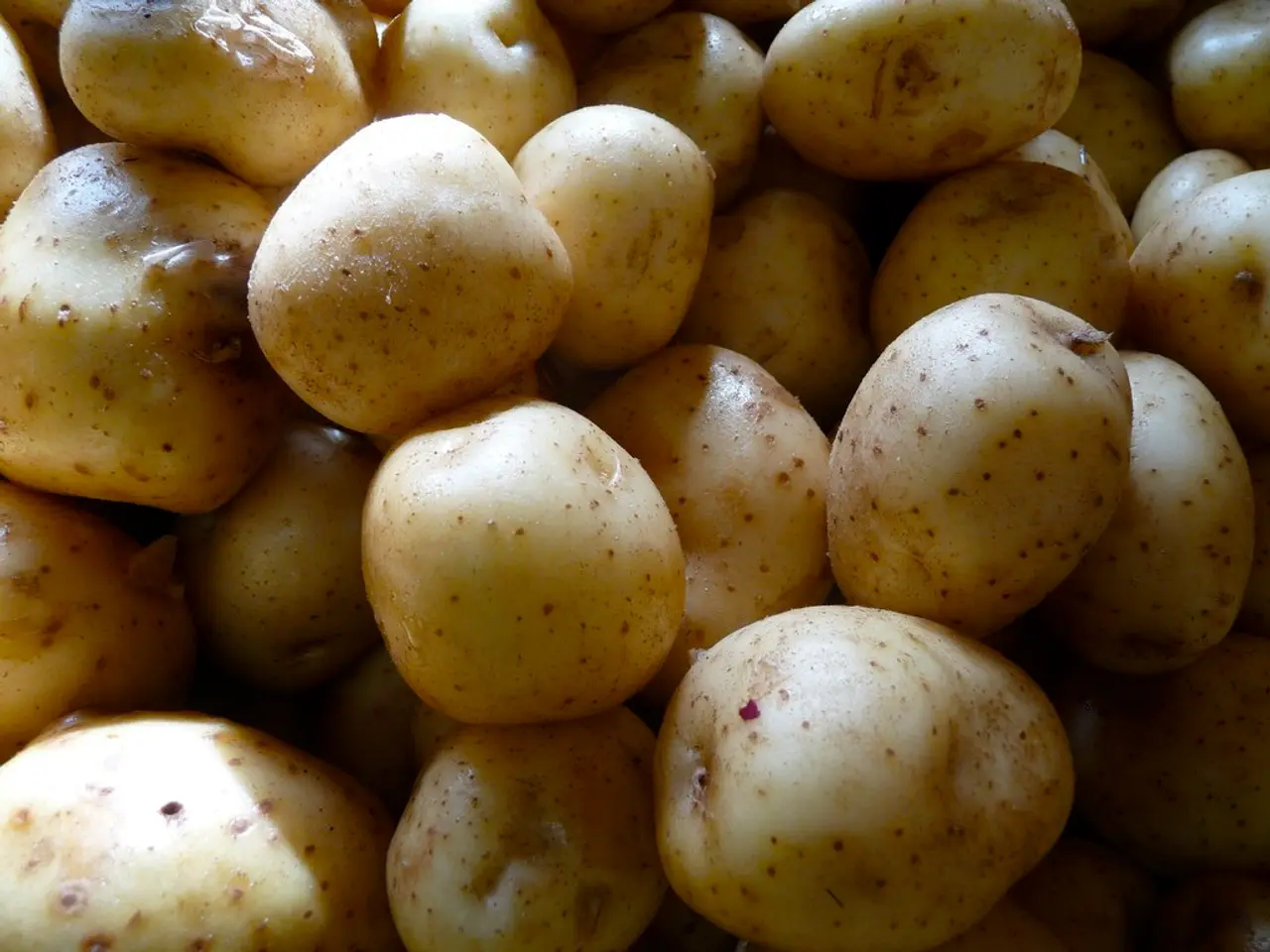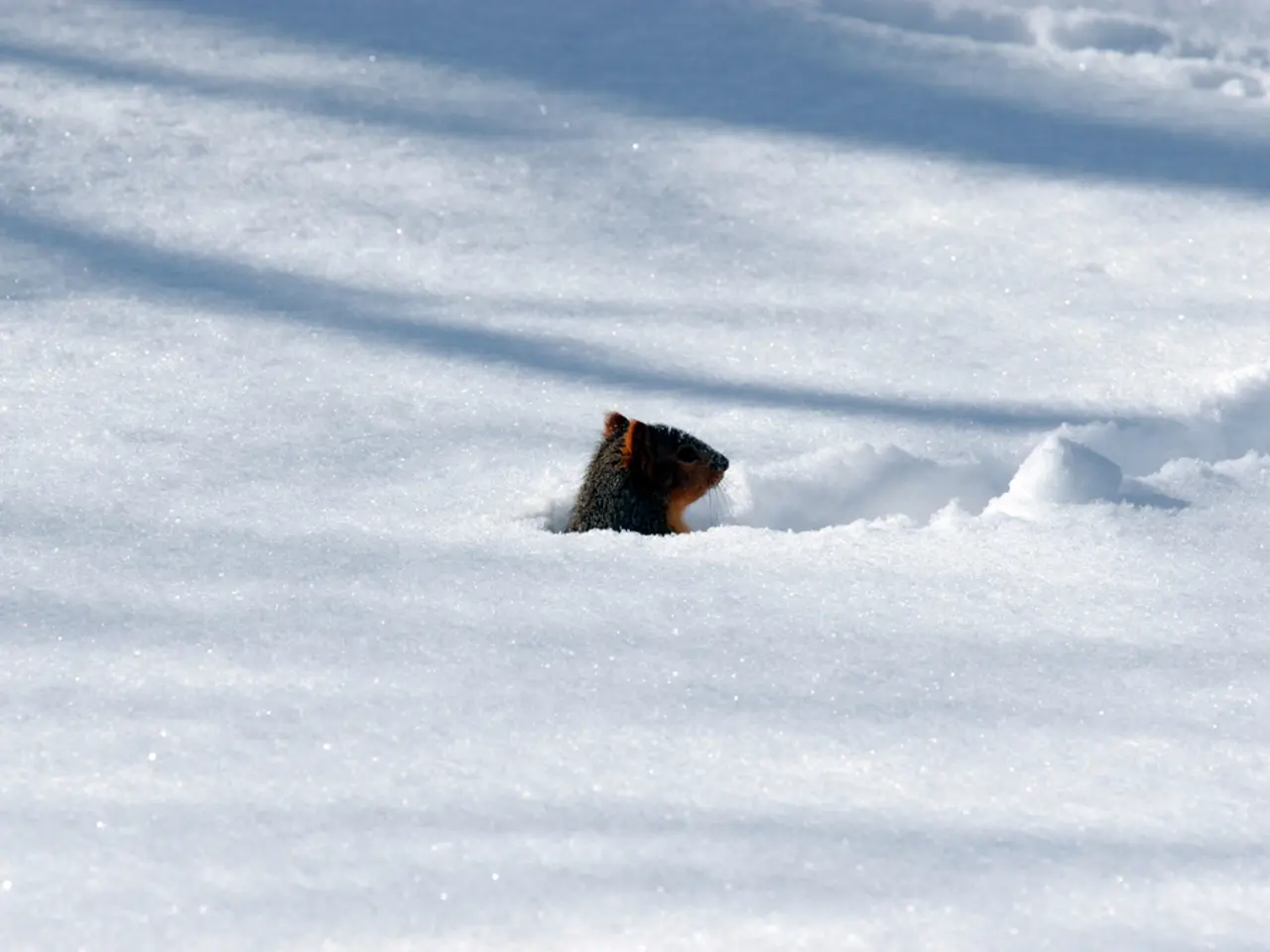Cultivating Sweet Potatoes in Iowa's Soil
Growing Sweet Potatoes in Iowa: A Guide for Success
Sweet potatoes, a tropical warm-season crop, can thrive in Iowa's climate with the right conditions and care. Here's a comprehensive guide on how to grow sweet potatoes in Iowa.
Soil Conditions
Sweet potatoes require loose, well-drained soil with good aeration. Heavy, waterlogged soils should be avoided. Amend your soil with plenty of well-rotted compost to improve fertility and drainage, but the soil does not need to be very rich to produce good yields. Ideal soil moisture should be consistent but not excessive; Iowa sometimes experiences surplus moisture in the topsoil, so ensuring good drainage is crucial to avoid rot.
Temperature and Climate
Sweet potatoes need at least 4 months of warm weather and warm soil to develop tubers well. Iowa’s USDA Hardiness Zones (mostly 4 to 5) can be a challenge, but some fast-maturing varieties developed for northern climates perform well. Urban heat island effects in cities like Iowa’s urban centers can raise local temperatures, potentially aiding growth.
Planting Techniques
Use sweet potato slips (young plants propagated from mature tubers) rather than seeds. Plant slips after the danger of frost has passed and soil temperatures have warmed above 65°F (18°C) for best results. Space plants about 12-18 inches apart in rows roughly 3 feet apart, allowing room for vigorous vines and large tubers.
Varieties Recommended for Northern/Growing Season Limited Areas
'Beauregard' (90 days), ‘Georgia Jet’ (90 days), and ‘Centennial’ (100 days) are good for northern growers including Iowa due to shorter season requirements. Bush types like ‘Bush Porto Rico’ or ‘Vardaman’ are suitable for small gardens and may mature faster.
Care During Growth
Sweet potatoes are drought and heat tolerant but benefit from consistent moisture, especially during tuber formation. Mulching can help retain soil moisture and maintain temperature. Minimal pest and disease issues are typical, but monitoring for pests is advised. Harvest when leaves begin yellowing, usually around 90-120 days after planting depending on variety.
In summary, for Iowa, select northern-adapted, shorter-season sweet potato varieties, plant after soil warms well in spring, prepare well-drained and amended soil, maintain consistent moisture without waterlogging, and provide space for vines. This approach, supported by recent grower experience in Johnson County, Iowa, has produced good crops even in the northern climate. Happy growing!
- In Iowa, it's beneficial to cultivate northern-adapted, shorter-season sweet potato varieties such as 'Beauregard', ‘Georgia Jet’, and ‘Centennial’ for their shorter season requirements.
- To grow sweet potatoes successfully in Iowa, prepare loose, well-drained soil with good aeration, amend it with compost to improve fertility and drainage, and maintain consistent moisture without waterlogging.
- To achieve good sweet potato yields in Iowa, plant sweet potato slips after the danger of frost has passed and soil temperatures have warmed above 65°F (18°C), spacing them 12-18 inches apart in rows that are 3 feet apart.
- Gardeners in Iowa should monitor their sweet potato plants for pests, as they are typically resistant to diseases, and harvest when leaves begin yellowing, which is approximately 90-120 days after planting, depending on the variety.




